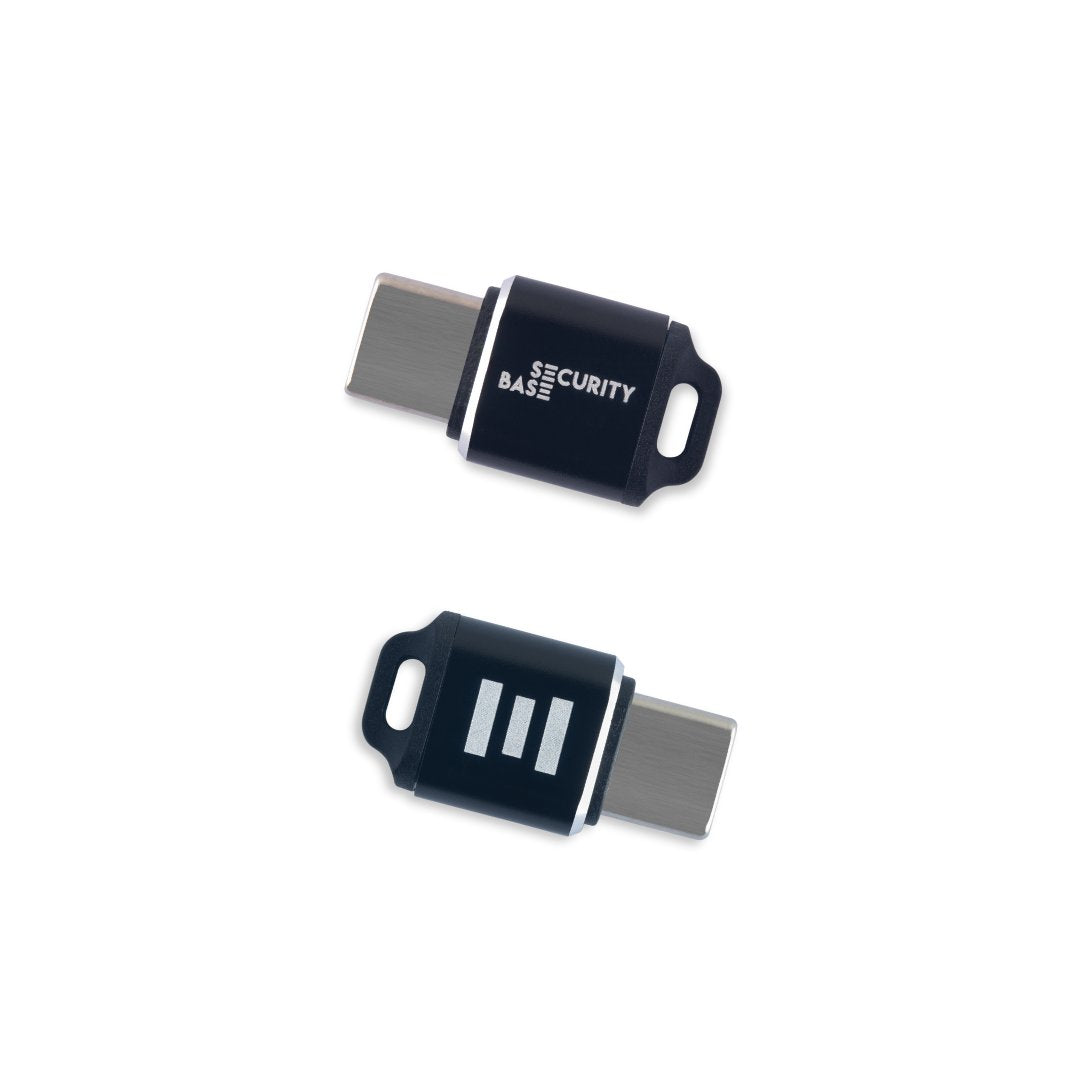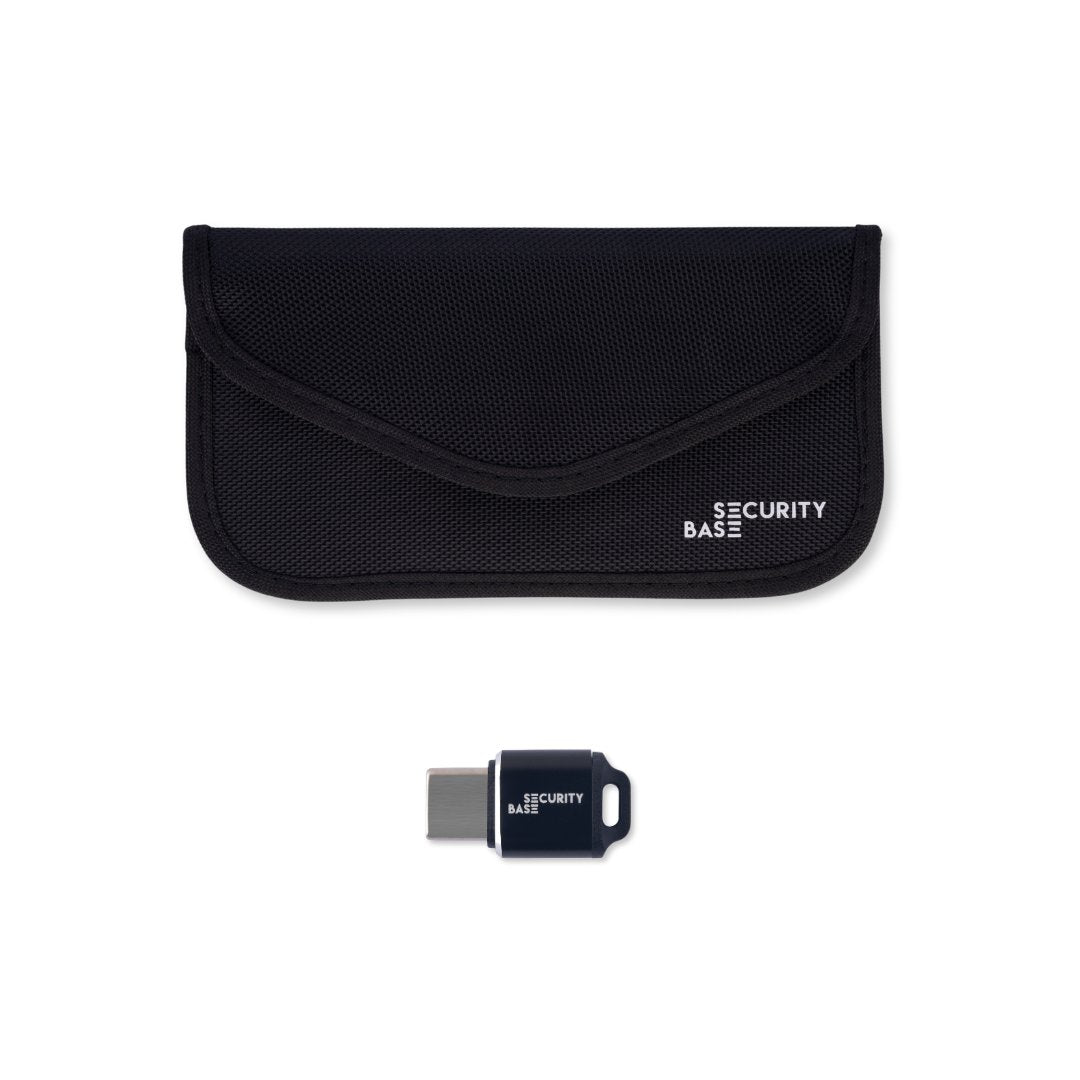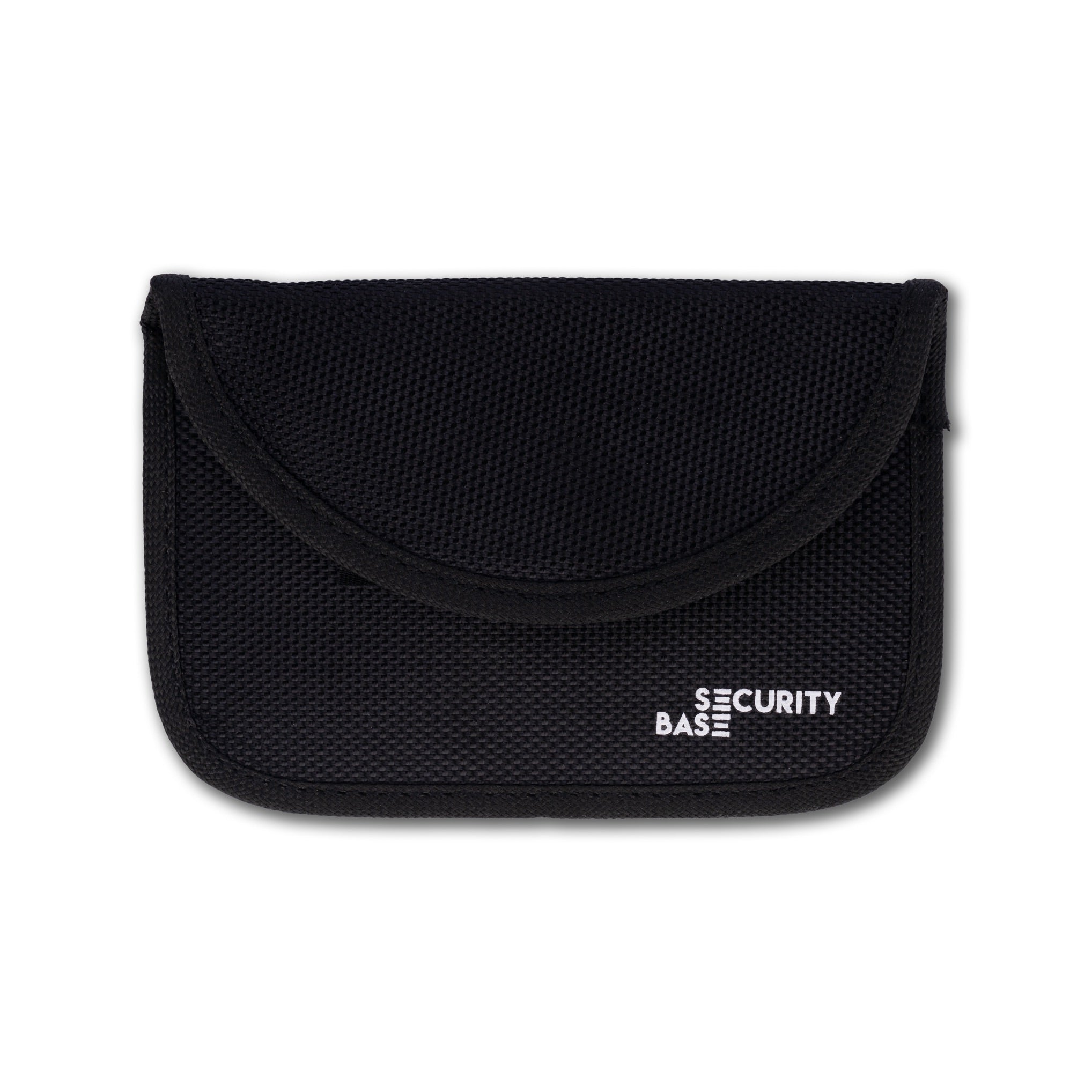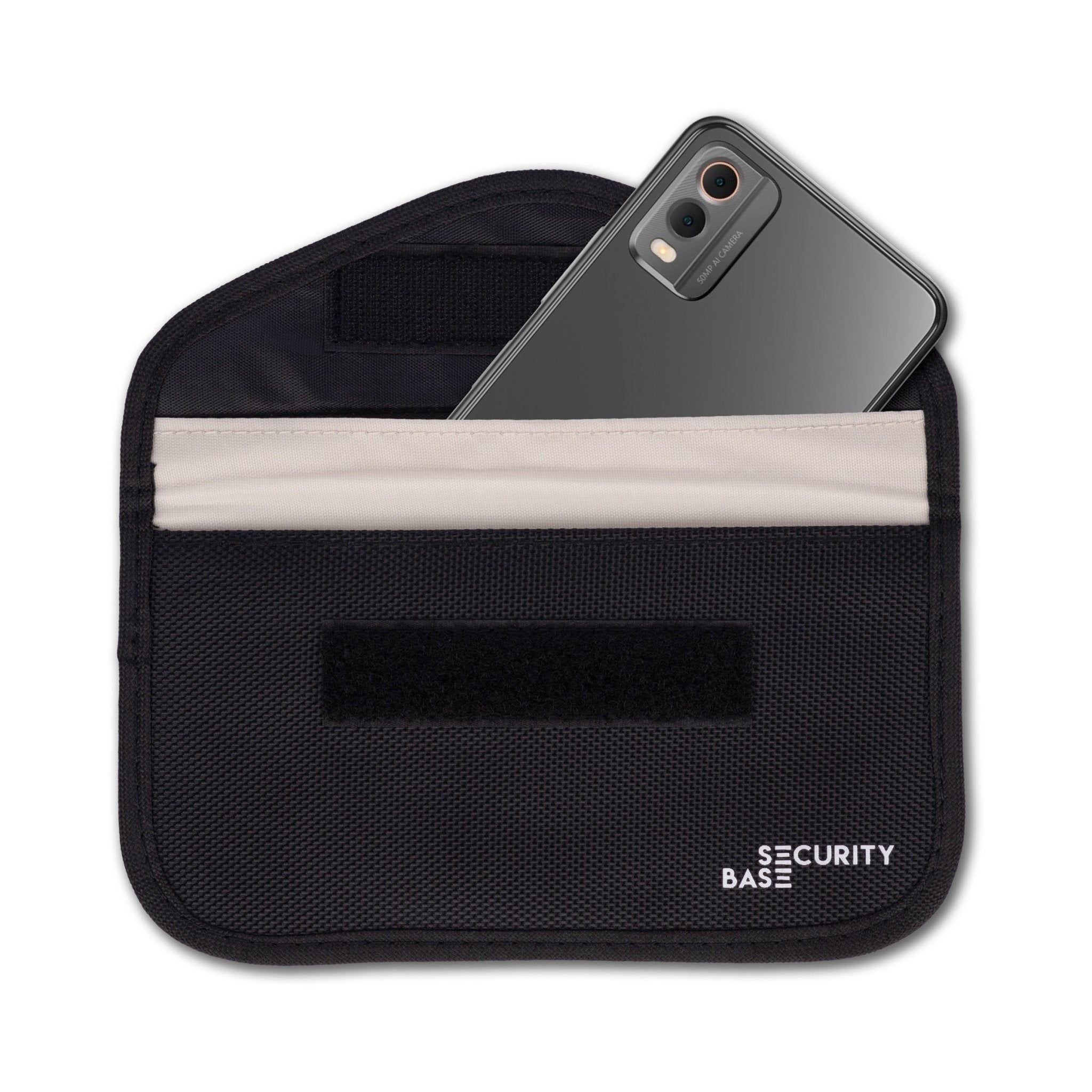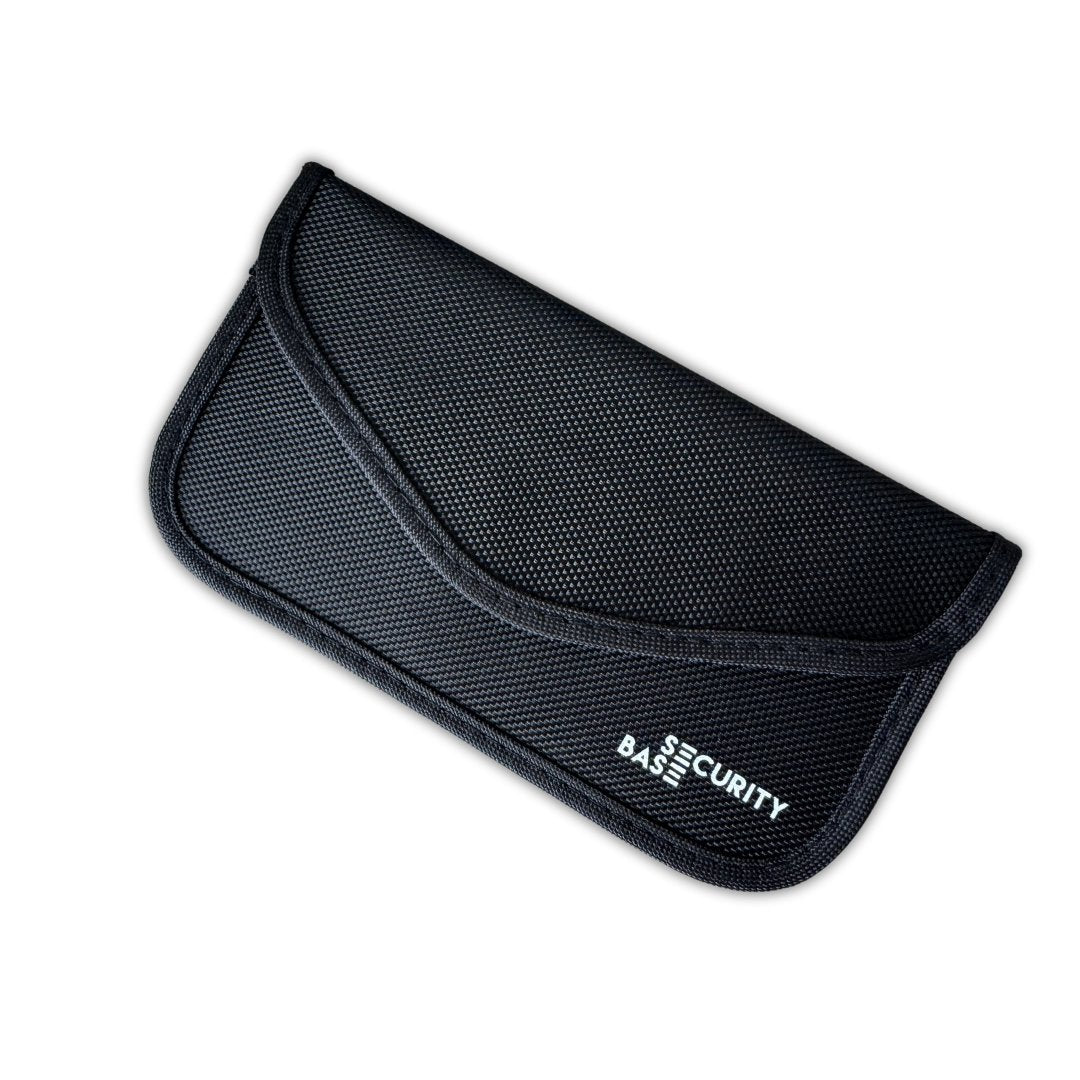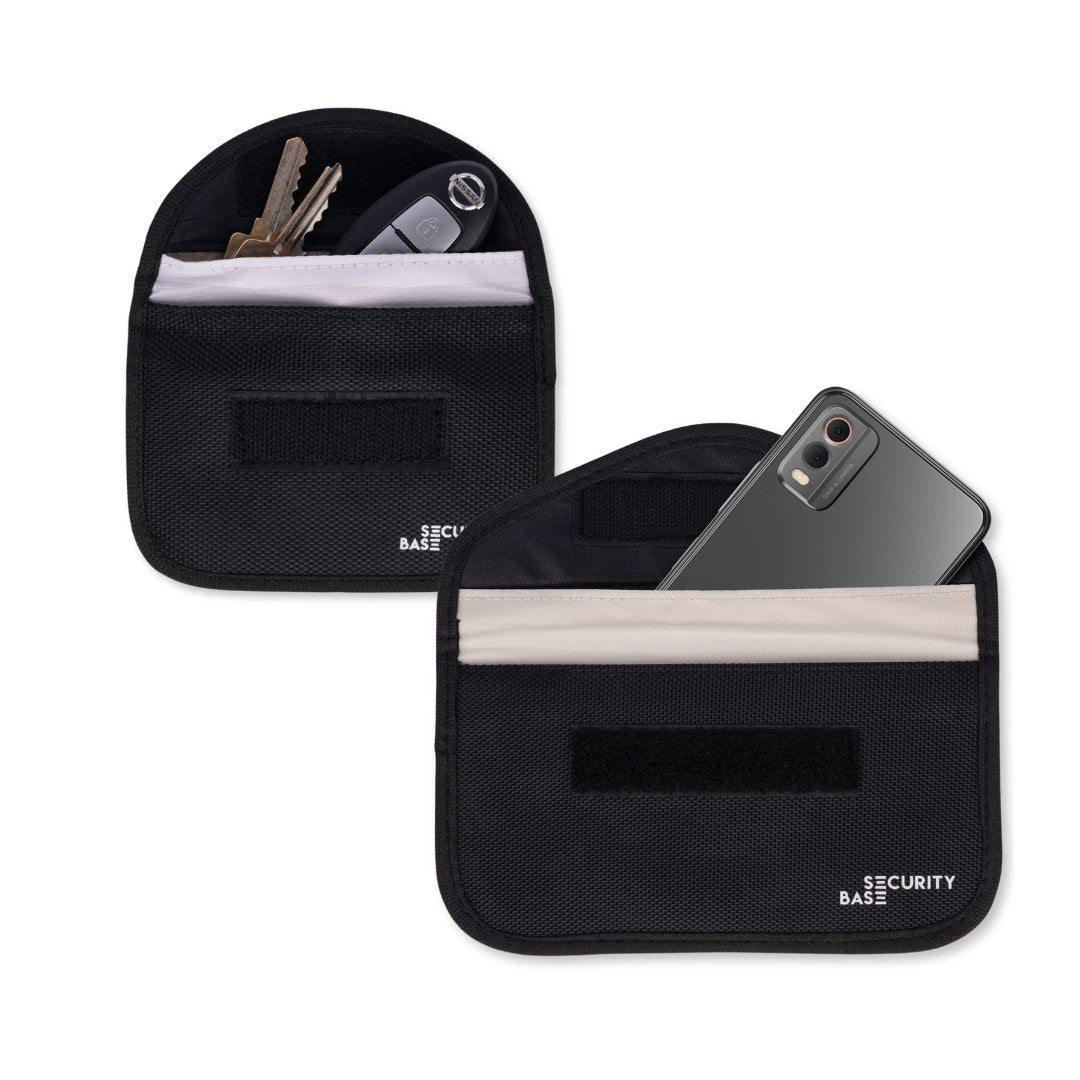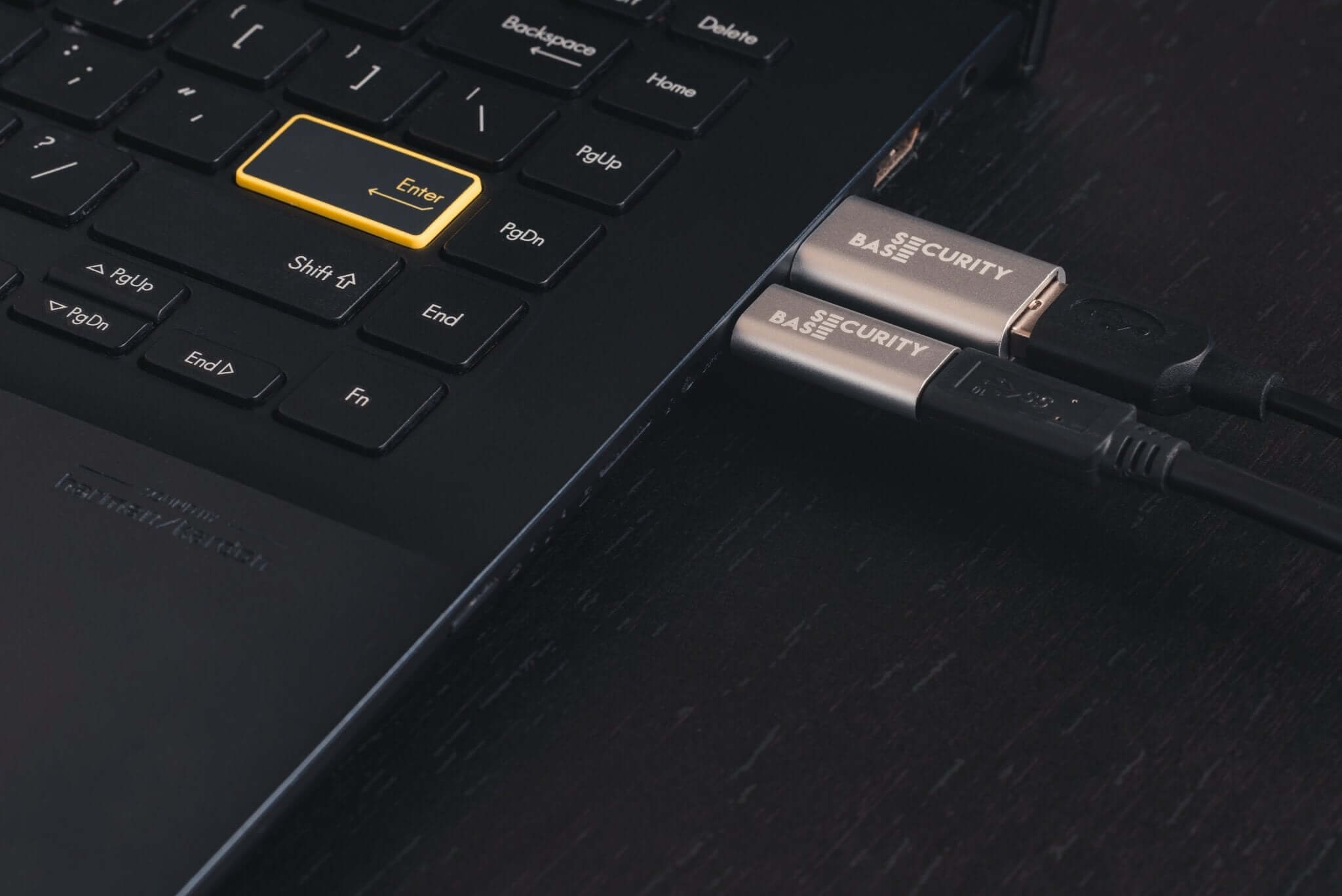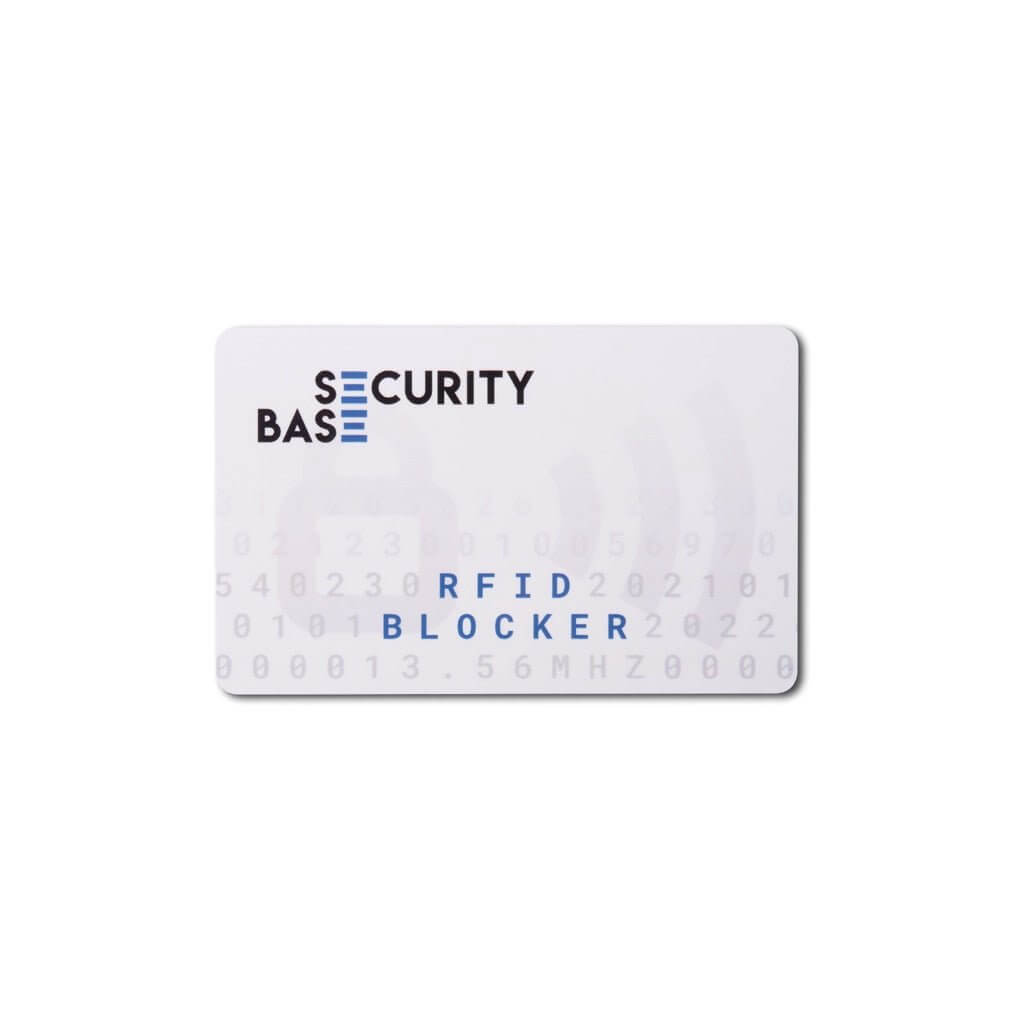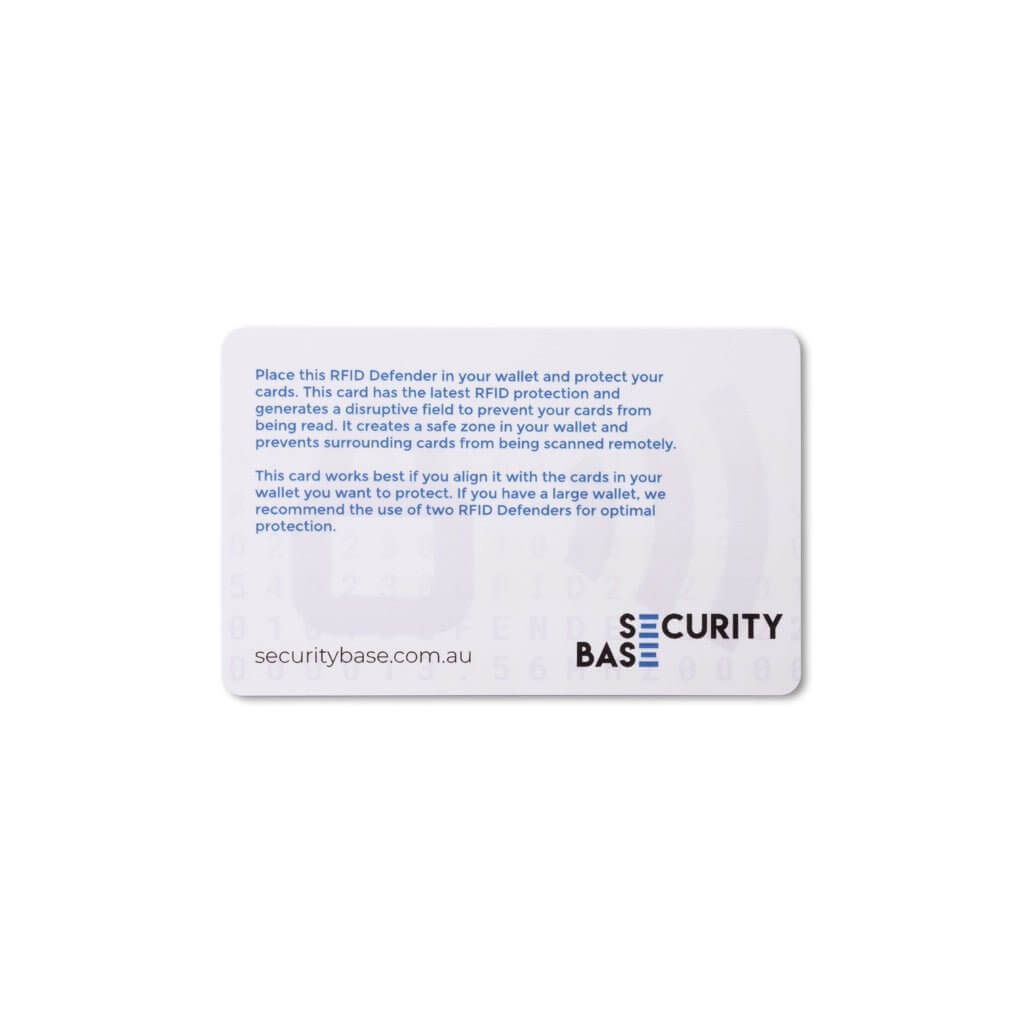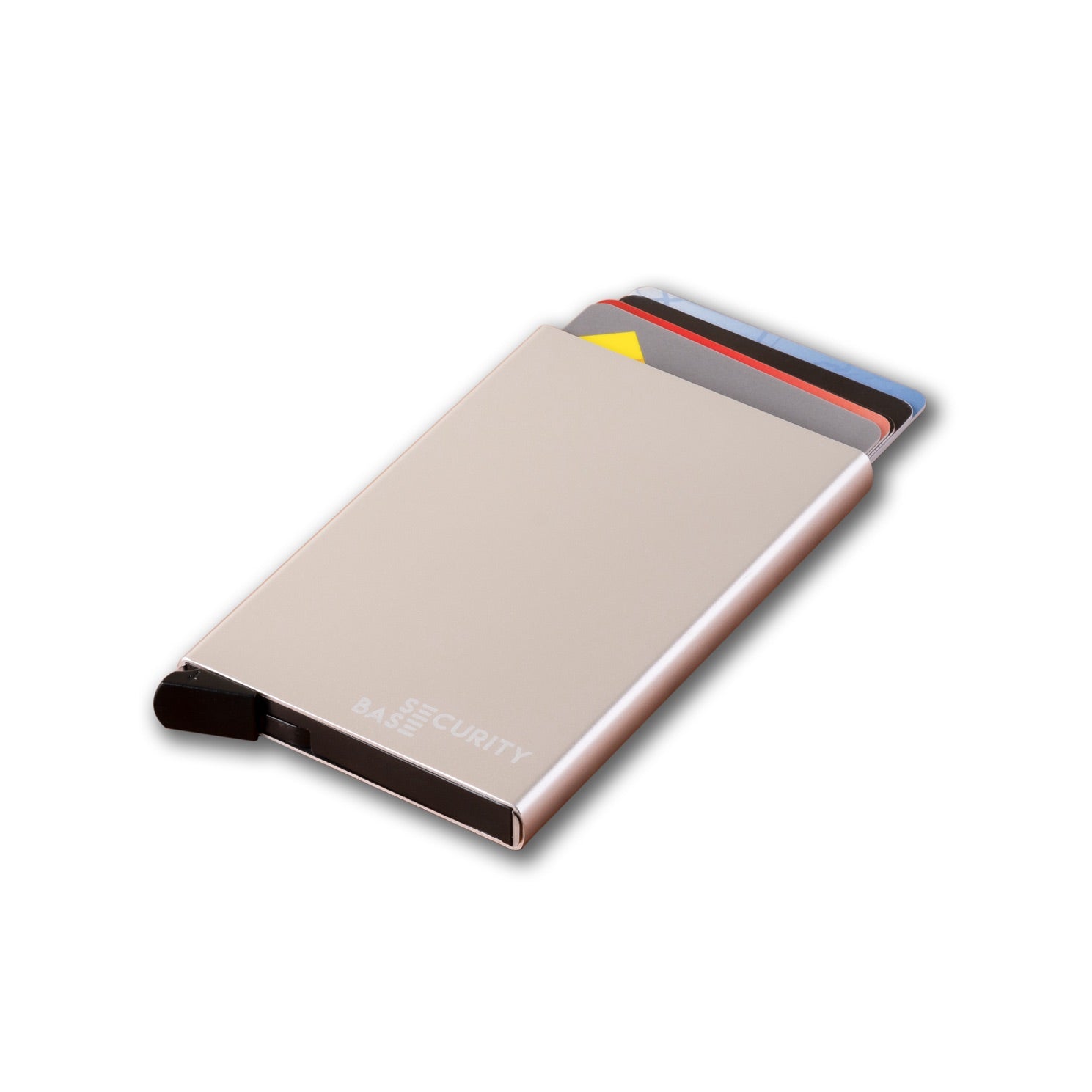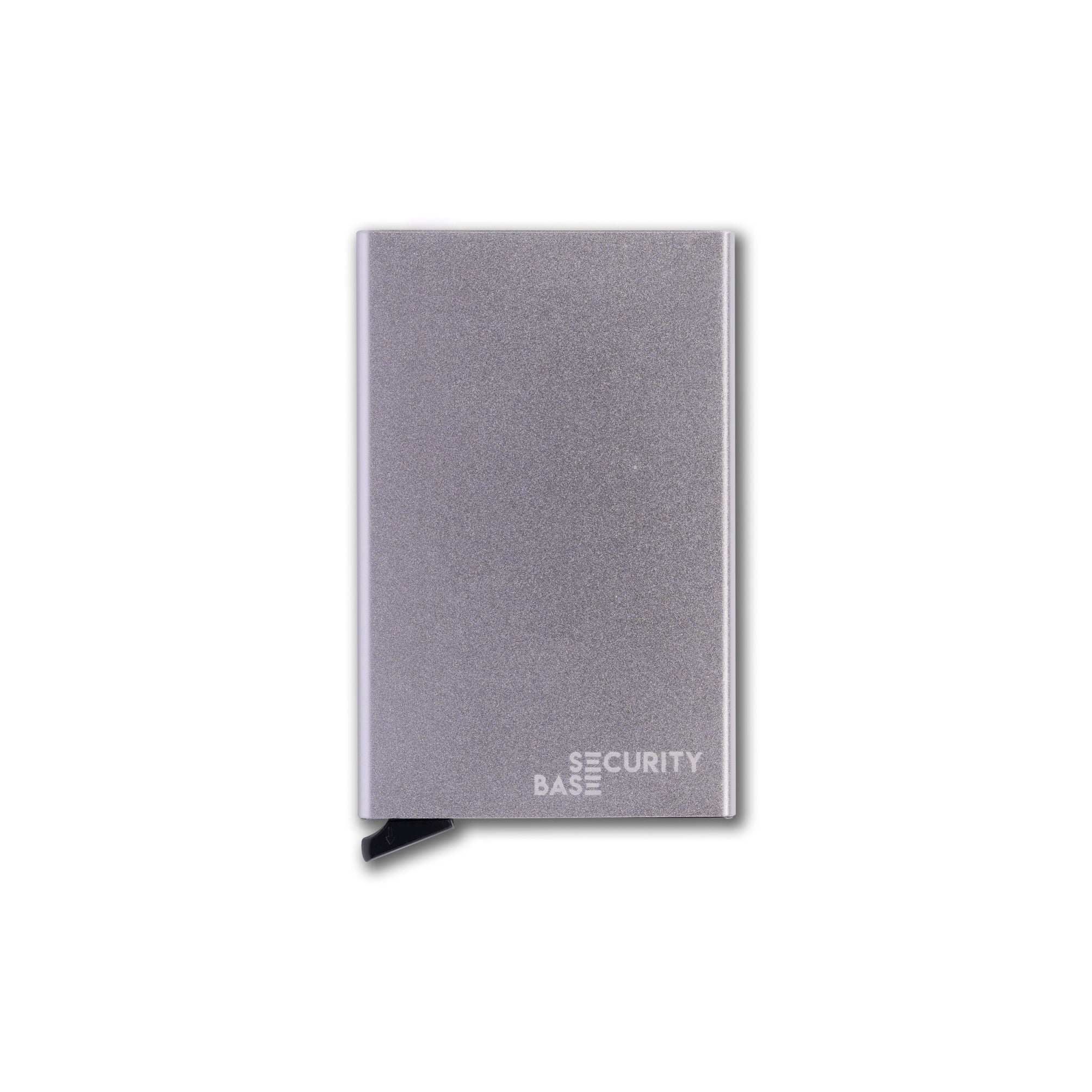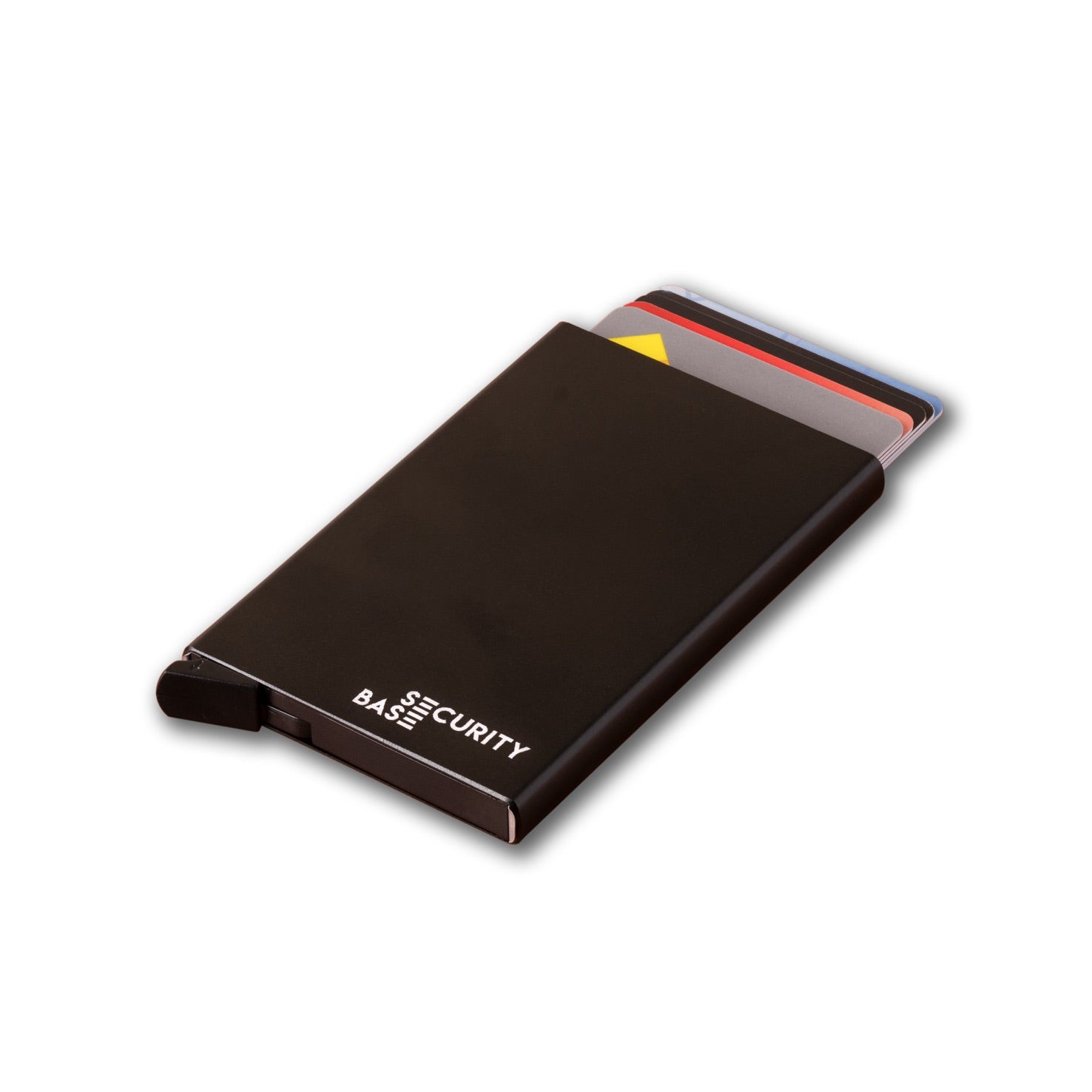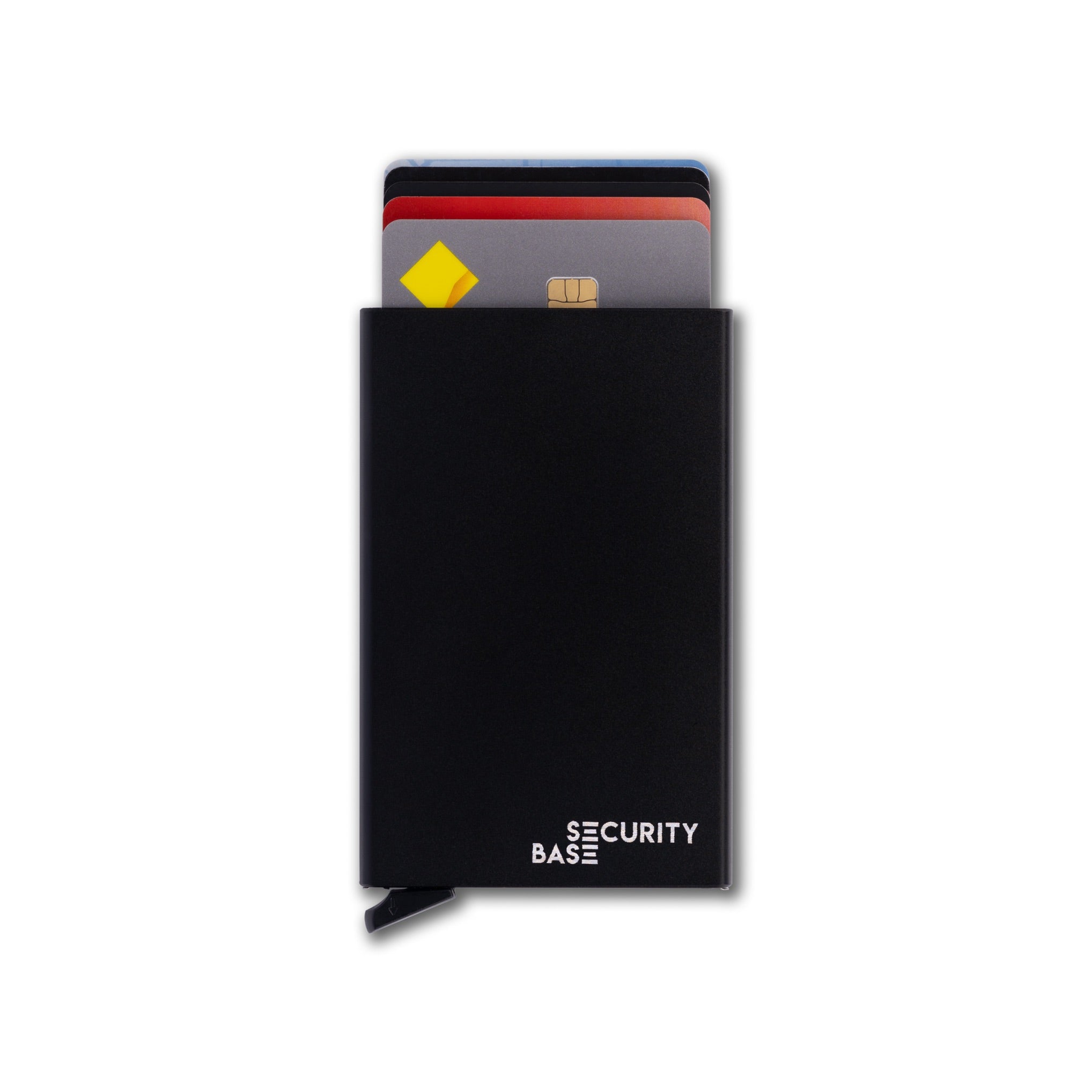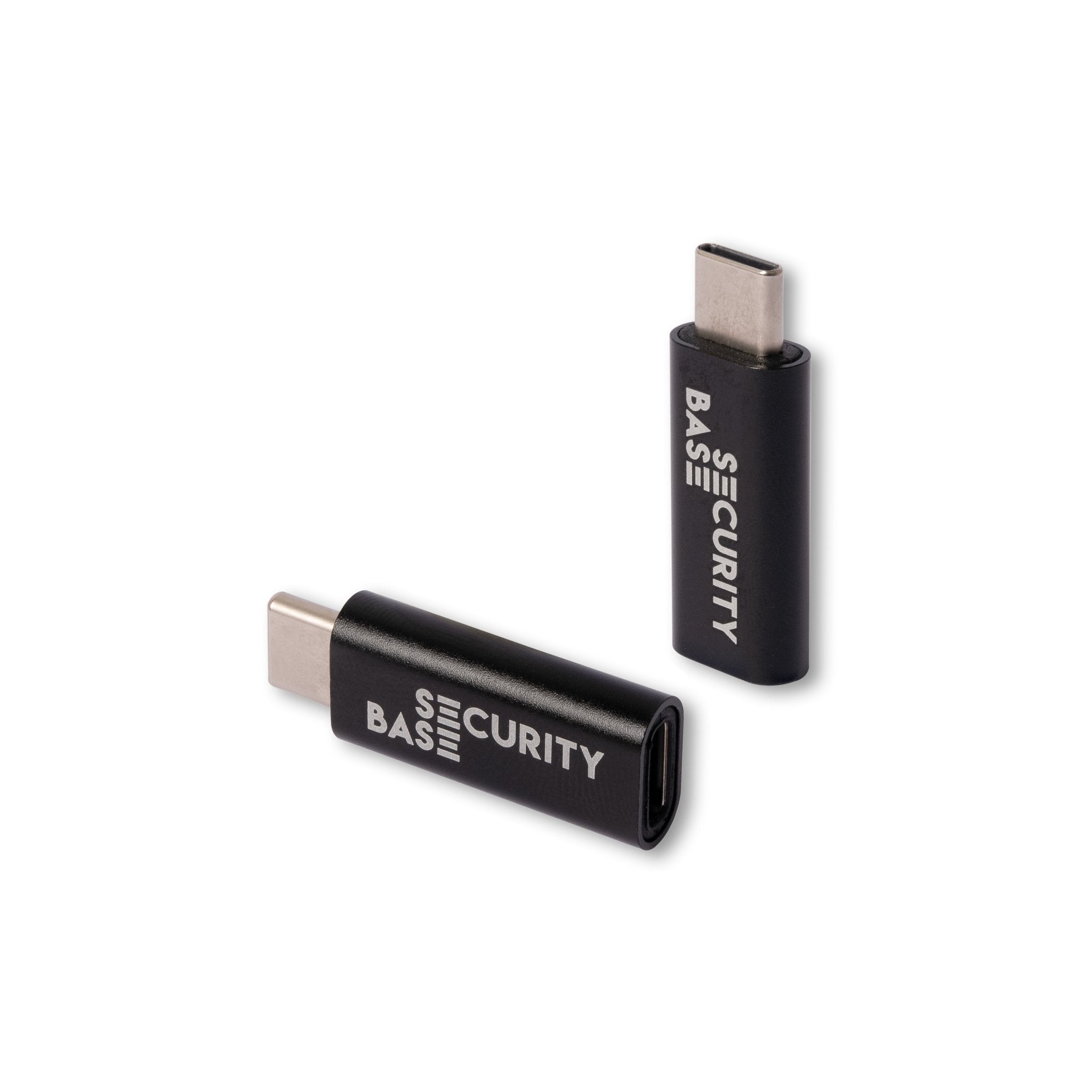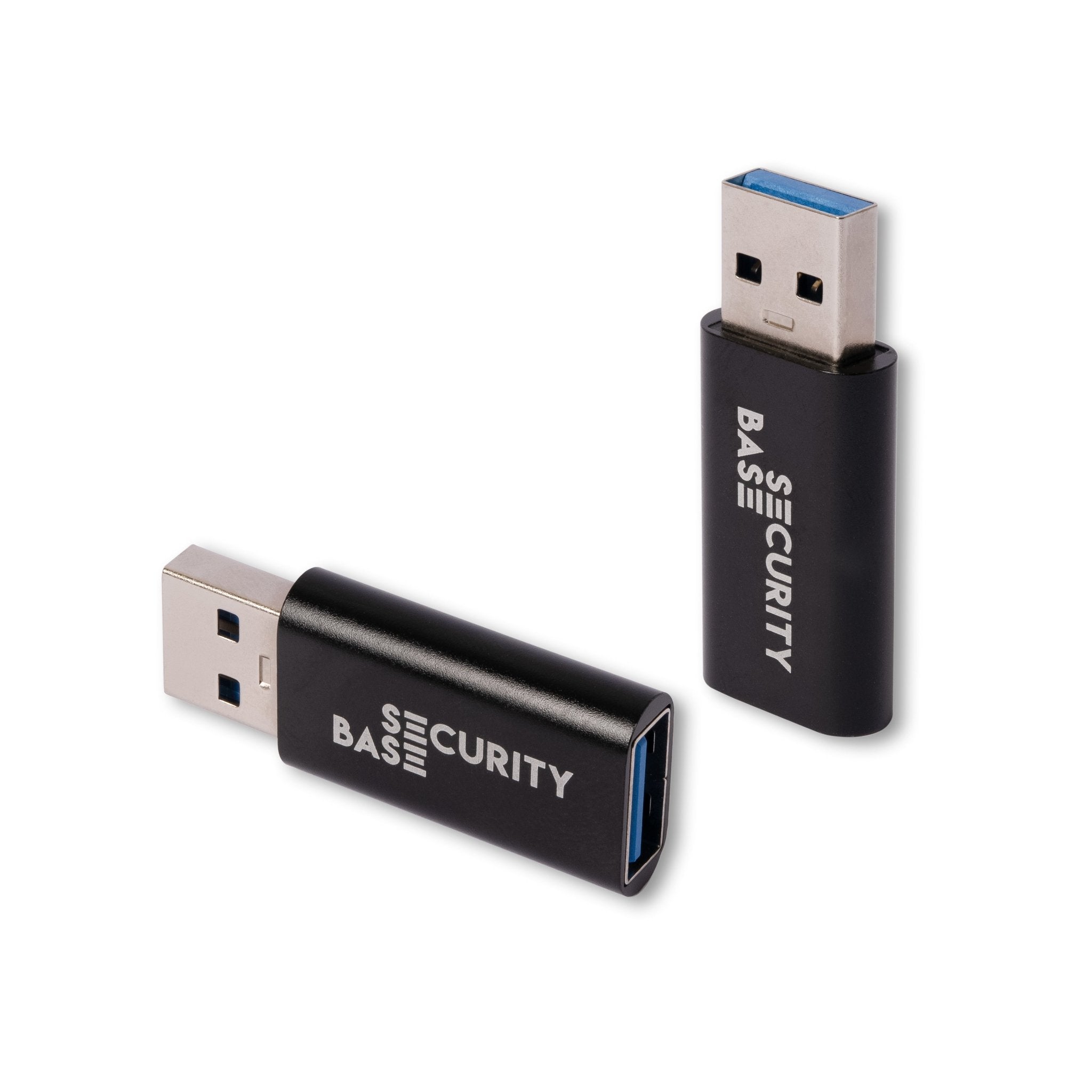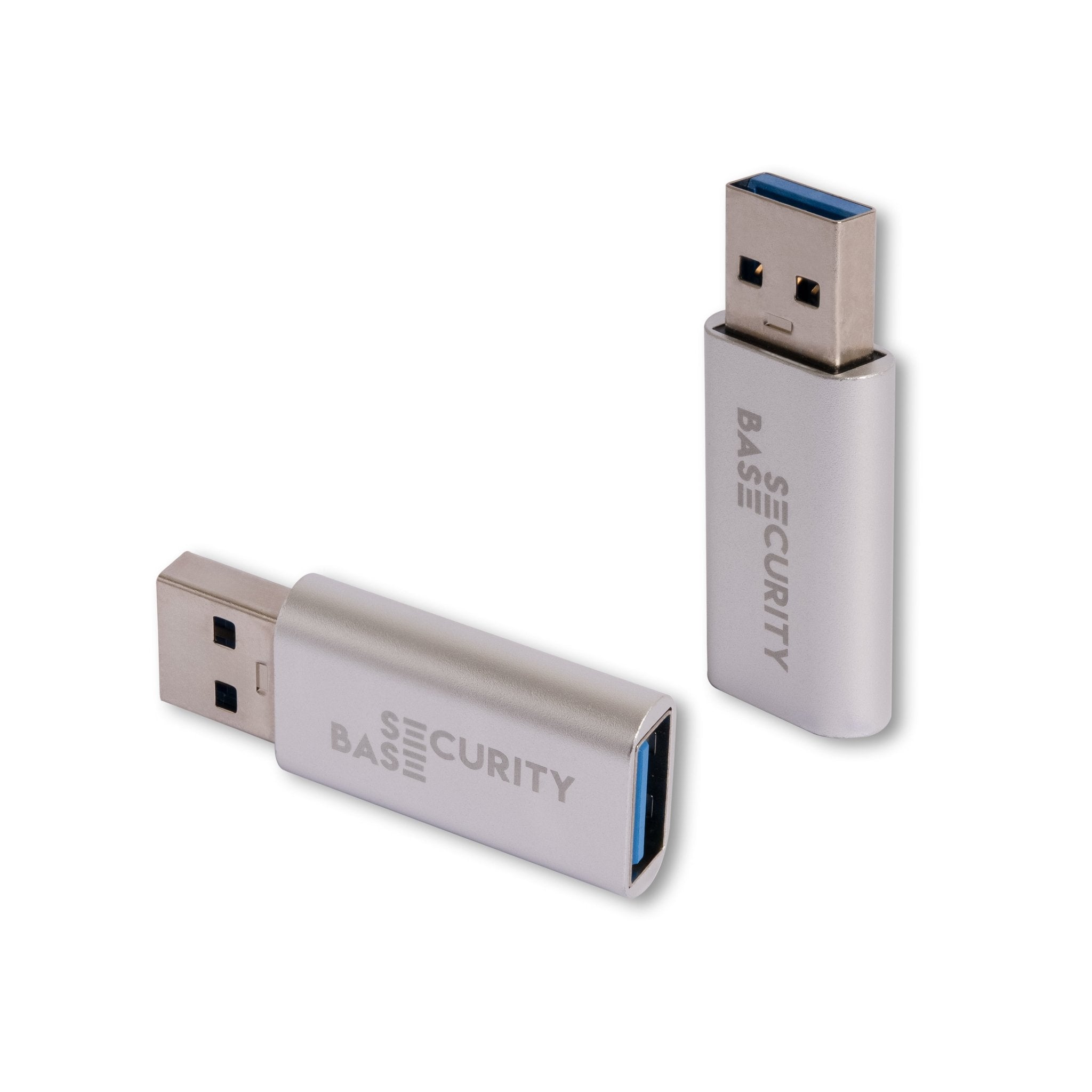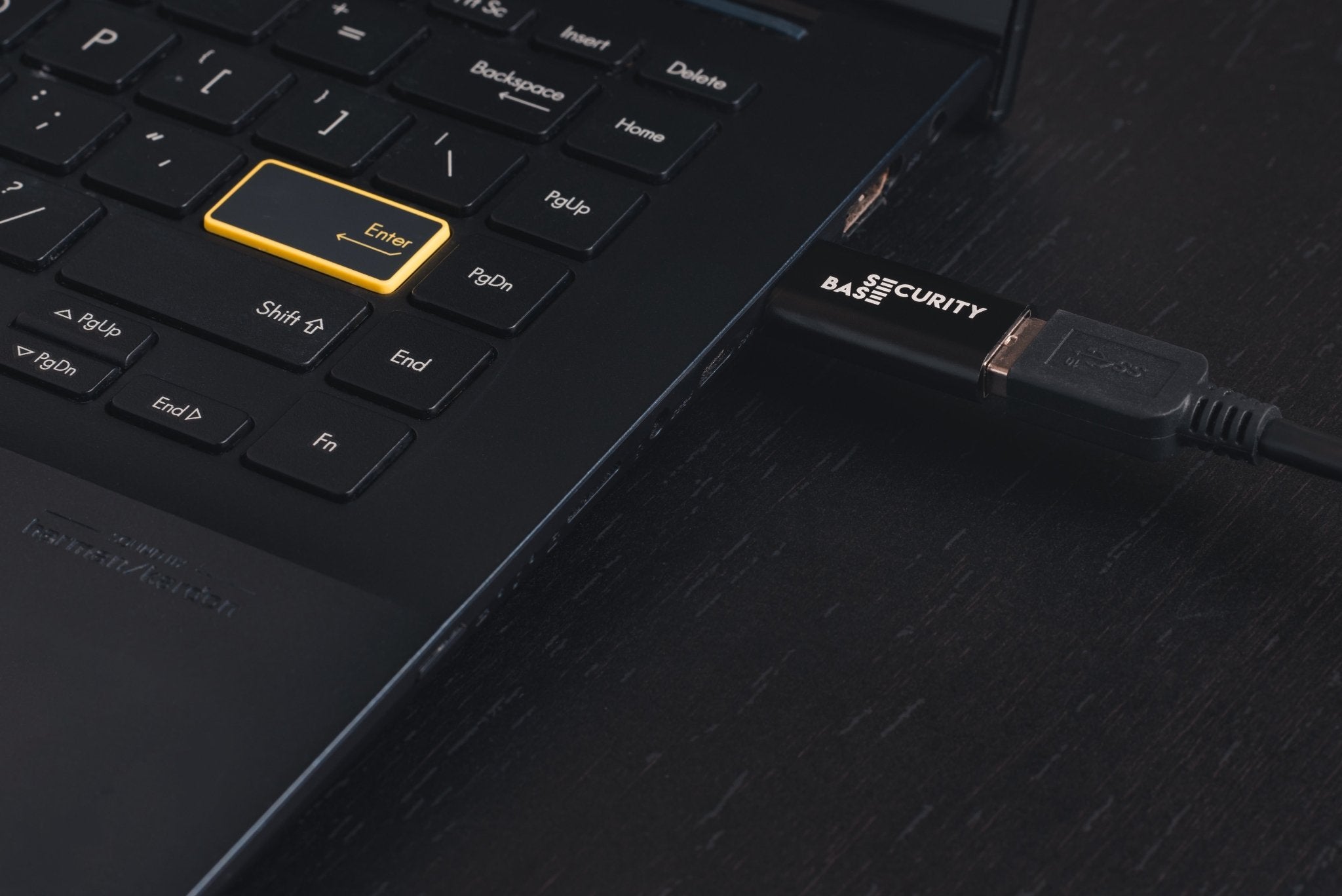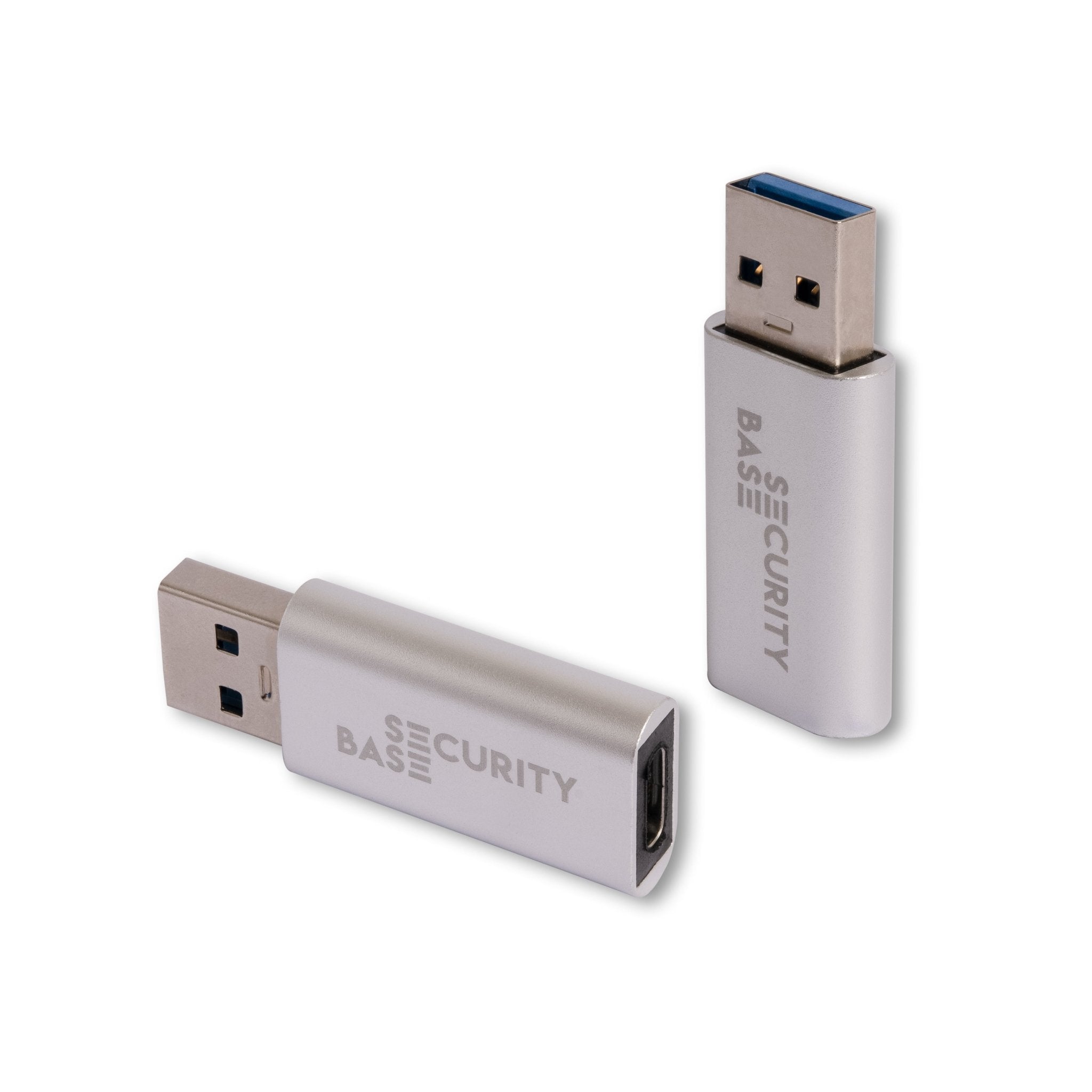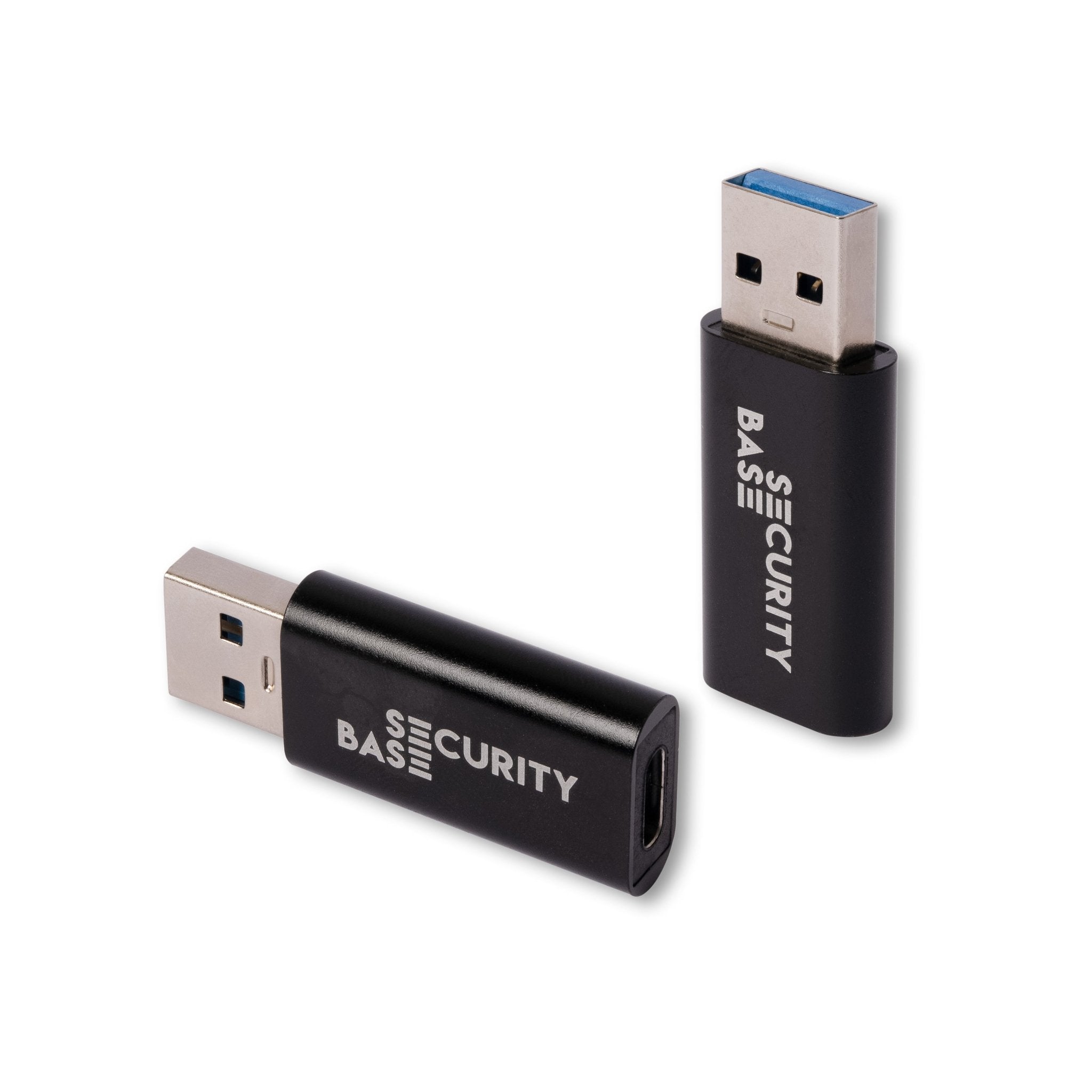We launched SecurityBase with a clear mission: to make effective cybersecurity solutions accessible to everyone. However, we hit a roadblock during our product sourcing; was difficult to find genuine reliable signal-blocking Faraday bags. We even asked ourselves the question 'do faraday bags really work' at one point after mainy failed our tests.
Faraday pouches or signal-blocking bags are great tools for protecting yourself from modern threats like digital theft, tracking, remote hacking, and EMF radiation. But their effectiveness relies entirely on their quality. This guide will explore key features of signal blocking bags. It will help you in understanding what to look for when choosing signal-protection, especially if you're searching for a dependable Faraday bag in Australia.
Many options looked the same, but failed basic tests due to low quality materials and poor craftsmanship. It became clear that quality in this space requires attention to detail and premium materials. This experience pushed us to find the best materials, engage with trusted suppliers and oversee design specifications ourselves.
But how can you be sure you're getting genuine protection? And what are key features of effective faraday bags? Even minor flaws impact the signal blocking capability, and over time, we've seen countless samples failing due to;
- Poor quality stitching - single rather than double stitched
- Non-conductive threads - impacting the seal of the bag
- Low-grade shielding fabrics - cheap aluminium, thin sheets
- Poor seals at the opening - enabling signals to leak
- The inclusion of zippers - compromises the seal
- Single layers for pouches and bags for high-energy devices (phones, laptops, etc)
In this blog, we look at these issues and provide some tips to ensure you are getting the real protection.
Do Faraday Bags really work? And how do they protect your devices, data and health?
Before we get into the details, what exactly does a Faraday bag do? It uses conductive materials to create a shield (known as a Faraday cage) that blocks various electromagnetic signals. Think of it as creating a silent zone for your electronics, stopping signals like Wi-Fi, Bluetooth, Cellular (4G/5G), GPS, RFID, and NFC from getting in or out.
This capability serves several important goals:
- Phone, Tablet & Laptop Security: Signal blocking bags offer significant privacy and security benefits. These include preventing location tracking, blocking remote hacking attempts and data theft, ensuring confidentiality during sensitive meetings, and enabling a true 'digital detox' by completely disconnecting the device.
- Car Key Security: Prevents 'relay attacks' on keyless entry systems by blocking the key fob's signal when inside the pouch, making modern car theft methods ineffective. This is a simple but increasingly important defence for Australian car owners.
- RFID Protection: Protects passports and credit cards containing Radio Frequency Identification (RFID) chips from wireless data skimming by thieves using portable scanners.
- Digital Forensics: Used by organisations and law enforcement to preserve the integrity of electronic evidence by preventing remote wiping or data alteration.
- EMF Protection: Faraday bags create a barrier that blocks electromagnetic fields (EMFs) emitted by electronic devices. By encasing devices, these bags can contribute to potential health benefits by reducing exposure to EMF radiation.
What makes a good Faraday Bag?
Reliable signal blocking requires more than just metallic fabric. It needs a careful design, high-performance materials, and proper assembly. Let's look at the critical quality factors that set effective bags apart from ineffective ones.
1. Faraday material: The core of the shield
The effectiveness starts with the conductive material inside the bag, usually a fine mesh fabric. For superior performance, look for bags using metals with high conductivity, such as copper, which is often considered the best for broad-spectrum shielding. Nickel is frequently blended with copper to add durability and corrosion resistance, while silver offers excellent conductivity and is sometimes found in premium options. Aluminium is a lighter, more cost-effective alternative that provides decent shielding. However, it is generally less effective than copper or silver.
At SecurityBase, we don't use aluminium; we only use copper/nickel alloy fabric for our bags. This provides excellent protection at an affordable price point.
What to look for when selecting a Faraday bag;
- Higher conductivity and a dense weave block signals better. Low surface resistance (e.g., under 0.05Ω) is a positive indicator.
- The shielding rating (dB) is the most crucial specification. It measures signal reduction (more dB = better blocking). Aim for 60dB to 90dB or more for comprehensive security. Reputable brands often provide lab-tested dB ratings for specific frequencies. Remember, every 10dB increase represents a tenfold improvement in shielding power.
|
|
2. Stitching: Why it's critical for security
A bag's seams are potential weak points, as even tiny gaps can allow signals to penetrate. Standard sewing thread acts as an insulator, creating a breach in the shield along the seam. Therefore, quality bags must use conductive stitching – thread infused with conductive materials like silver or copper – to maintain the shield's integrity across all sewn areas. Look for construction described as double-folded or featuring dual-paired seams. This technique involves folding the material layers multiple times at the seam before stitching, creating redundancy and making it significantly harder for signals to leak, ensuring a continuous and robust shield. Avoid bags with simple, single-stitched seams, which represent a major vulnerability.
What to look for when selecting a Faraday bag;
- Visible stitching on the inside is very suspicious. Good quality bags have no visible stitching on the inside - they have double-folded Faraday materials.
- Ensure the visible stitching (e.g. at the edges of the bag) is of high quality with stitches close to each other – this minimises the risk of any signal leaks and is a good indicator of the overall quality of the bag.
 The stitching in the left-hand example shows messy, visible seams. The black thread suggests using non-conductive thread, and the bag performed poorly. The right-hand example uses a better stitching technique, and the thread is not visible due to the double-folded finishing. |
3. Opening and closure: Sealing the deal (literally)
How the bag closes is very important; a weak seal undermines the entire purpose of the bag. The most reliable method involves a double-fold closure. This requires folding the bag's top section, which must also be lined with the Faraday material, over on itself at least twice.
This folded section is then secured tightly, typically using strong Velcro, reliable magnets, or sometimes a buckle. This process creates multiple layers of overlapping conductive material pressed firmly together, effectively blocking potential signal paths by maximising surface area contact and pressure. Simple, single-flap envelope-style closures generally lack the necessary sealing pressure and redundancy for reliable signal blocking, especially against stronger signals or for high-security needs.
What to look for when selecting a Faraday bag;
- A Faraday bag without a double fold is not a Faraday bag — the opening will compromise the signal-blocking capability, especially when the bag is moved.
- Ensure the double folding seal overlaps at least 2,5 cm to ensure a proper seal.
 The bag on the left has an insufficient seal, overlapping only 1.5 cm. Although the performance was reasonable, a true signal-blocking bag should have a seal of at least 2.5 cm, as can be seen on the right. |
4. Material coverage: Ensuring full protection
For a Faraday bag to work, the conductive shield must be complete, without any gaps. This means the Faraday material must line the entire interior surface – front, back, sides, and, importantly, the material involved in the folding closure mechanism. Some manufacturers might cut corners, leaving areas unlined, which compromises protection. The goal is a continuous, unbroken conductive enclosure, where the design ensures the conductive layers overlap properly and make firm contact when the bag is sealed correctly.
What to look for when selecting a Faraday bag;
- Avoid bags that use only zippers for closure unless they include a secondary double-fold seal.
5. Number of Faraday material layers
When it comes to layers of Faraday material, more is generally better for achieving robust, broad-spectrum protection. While a single layer of exceptionally high-quality, thick material might be enough for blocking very low-power signals like a car key, it's often insufficient for more demanding applications.
We always use two layers of conductive fabric on each side of the bag for our phone, table and large Faraday bags. This dual-layer construction offers significant advantages:
- Stronger Blocking: Provides substantially higher signal attenuation (a better dB rating) across a wider range of frequencies (essential for Wi-Fi, 5G, GPS, etc.).
- Redundancy: If one layer sustains minor wear or damage, the second layer continues to provide protection.
- Durability: Adds to the overall structural integrity and robustness of the bag.
While a single-layer bag is adequate for protecting a car key against relay attacks, dual-layer construction offers far more reliable and comprehensive protection for smartphones, tablets, and other devices. It provides greater peace of mind against various signals and potential vulnerabilities. At Securitybase, we prioritise this higher level of protection.
 The example on the left has one layer, while the SecurityBase / Faraday Shield bags use two layers to ensure the highest possible level of signal blocking. The example on the left has one layer, while the SecurityBase / Faraday Shield bags use two layers to ensure the highest possible level of signal blocking. |
6. Exterior Durability: Built to last
The internal Faraday layers, while effective, can be sensitive to physical wear and tear. The bag's outer shell serves the crucial function of protecting these inner layers. You should look for exteriors made from durable, abrasion-resistant fabrics that can withstand daily use. We use tough, tear-resistant materials like ballistic nylon or Oxford cloth. me, while also protecting your device inside.
Cheap knockoffs vs. tested quality
When searching for a Faraday bag, you will encounter many cheap options online. It pays to be extremely cautious. The price often directly reflects the quality; high-grade conductive materials and careful construction aren't cheap. Bags priced suspiciously low indicate significant compromises such as inferior metals, thin single layers, non-conductive stitching, or poor closures, meaning they simply won't provide reliable signal blocking.
Many cheap bags make bold claims like "100% signal blocking" without verifiable evidence. Don't trust these vague assertions. Instead, look for brands that offer transparency and proof of performance, including specific dB attenuation ratings or references to third-party lab testing.
How can you test a Faraday bag at home?
It's easy to test a Faraday bag at home, and you can get a good idea of a Faraday bag's effectiveness by placing a working cell phone or an Apple AirTag inside and sealing it properly. For a phone, try calling it from another device; if it doesn't ring or goes straight to voicemail, it suggests signal blocking. Similarly, if an iPhone can't locate a sealed AirTag inside the bag, it indicates the bag is likely hindering wireless signals.
Our commitment to quality: How we select our bags
We understand that reliable security is essential, and we take the guesswork out of choosing an effective signal-blocking bag. Providing trustworthy products is core to our mission. Our selection process is thorough, starting with a deep dive into product specifications like materials, layers, stitching, closure design, and exterior fabric, prioritising robust construction. Performance verification is also key; we work with suppliers who provide evidence of testing showing high dB attenuation across critical frequency bands, and we often conduct our own basic signal tests on samples.
This approach means we've reviewed and rejected numerous Faraday pouch samples over the years due to flimsy materials, poor workmanship, or questionable shielding performance. If we don't trust a product with our own security, we won't offer it for sale. We believe in building long-term partnerships with reputable manufacturers known for quality, consistency, and transparency. Ultimately, our goal is to provide genuine security tools, ensuring that Australians seeking an Australian Faraday bag receive products that deliver reliable protection when it matters most.
Maintaining your Faraday bag for long-lasting protection
Even the best Faraday bag requires some care to maintain its effectiveness over time. Here are a few key tips:
- Avoid overstuffing the bag to prevent stress on seams and fabric.
- Be mindful of sharp objects that could puncture the inner layers.
- Keep the bag dry; never wash it and wipe the exterior gently if needed.
- Inspect periodically for visible wear, tears, or damage, especially around seams and the closure.
- Occasionally, re-test its blocking ability (e.g., try unlocking your car with the key inside the sealed bag). Replace it if signals start getting through.
Choosing the right protection
A Faraday bag is a practical and powerful defence against a range of modern digital risks, from car theft to data breaches and unwanted tracking. However, its performance depends entirely on its quality and construction. When choosing your bag, focus on the fundamental elements that ensure reliable performance: multiple layers of high-conductivity Faraday material, correct conductive stitching with reinforced seams, a secure and properly designed double-fold closure system, complete 360-degree internal shielding coverage, and a durable outer shell to protect the sensitive inner workings. Look for transparency from the seller regarding materials and seek evidence of tested performance where possible.
Don't gamble your security on cheap, poorly made imitations that offer little more than a false sense of security. We encourage you to browse our selection of carefully chosen faraday bags. We've invested the time and effort to scrutinise and select products based on these quality principles, so you can invest in reliable protection and gain genuine peace of mind.




